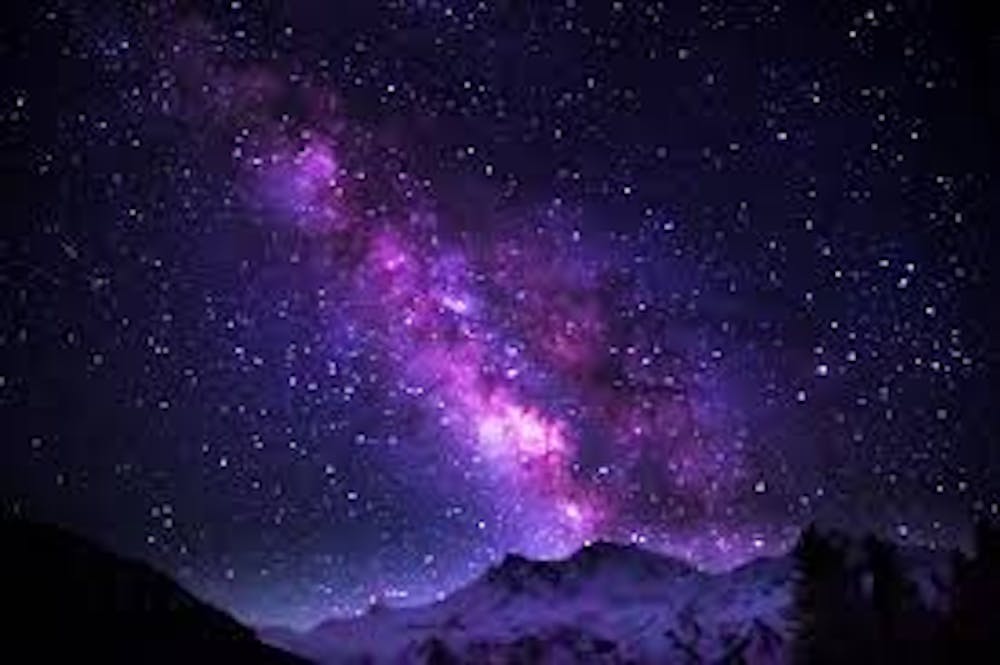The Milky Way Galaxy is more than 100,000 light years in diameter. In between this vast space occupied by so many unknowns, how do humans advance their quest in determining the existence and locations of black holes?
For more than 20 years, researchers have been trying to look for evidence to support the theory that many black holes surround a supermassive black hole at the center of galaxies.
Declan Aroh, a sophomore Biology major at Hopkins with a keen interest in astronomy, offered a potential explanation for this theory.
“Generally, celestial bodies maintain some sort of orbital system, with the existence of dense bodies like a star at the center of the system to hold things in relative alignment,” Aroh said in an interview with The News-Letter. “So in this case, maybe a group of super dense black holes could be the focal point preventing the galaxy from spinning out of alignment. This idea sounds pretty crazy though,”
Just like Aroh, astrophysicists have been constantly postulating about various aspects of these mysterious entities.
Recently, however, a group of astrophysicists from Columbia University successfully identified a cluster of black holes around Sagittarius A* (Sgr A*), a supermassive black hole located in the center of the Milky Way Galaxy.
Chuck Hailey, an astrophysicist from Columbia who is the co-director of the Columbia Astrophysics Lab and a lead author of the study, explained the significance of the discovery.
“There are only about five dozen known black holes in the entire galaxy — 100,000 light years wide — and there are supposed to be 10,000 to 20,000 of these things in a region just six light years wide that no one has been able to find,” Hailey said in a press release.
Sgr A* is the name for the supermassive black hole that is closest to Earth. In reality it is surrounded by a cloud of gas and dust that offers the perfect conditions to nurture the potential birth of new stars.
The final fate of these new stars vary, but some of them could eventually turn into black holes. Other black holes could be attracted by Sgr A*’s gravitational pull and be trapped in the region by its sheer size.
Additionally, an interesting phenomenon can sometimes occur when black holes trap a passing star, thereby forming a complex called a stellar binary.
Astrophysicists currently believe that there is a significant amount of these black holes at the center of the Milky Way, which can form extremely dense cusps that are often the target of X-ray detection devices sent into space.
Hailey confirmed that this is a relatively straightforward way to search for black holes. Nonetheless, there is still a long way to go in perfecting this method, especially since the galactic center is so distant that X-ray sparks are seldom accurately observed from afar.
Hailey’s team is fascinated by their discovery and its underlying implications. By examining the newly found black holes, scientists can study their distribution and gain some insight into the way massive black holes interact with their smaller counterparts.
“In a sense, this is the only laboratory we have to study this phenomenon,” Hailey said.
The team’s findings were published in the April 5 issue of Nature.
Hailey believes that these findings would help contribute significantly to research in the field of gravitational waves. Equipped with the knowledge of how many black holes are near the center of a galaxy, scientists can better predict how many gravitational wave events might be associated with these entities.
“All the information astrophysicists need is at the center of the galaxy,” Hailey said.





